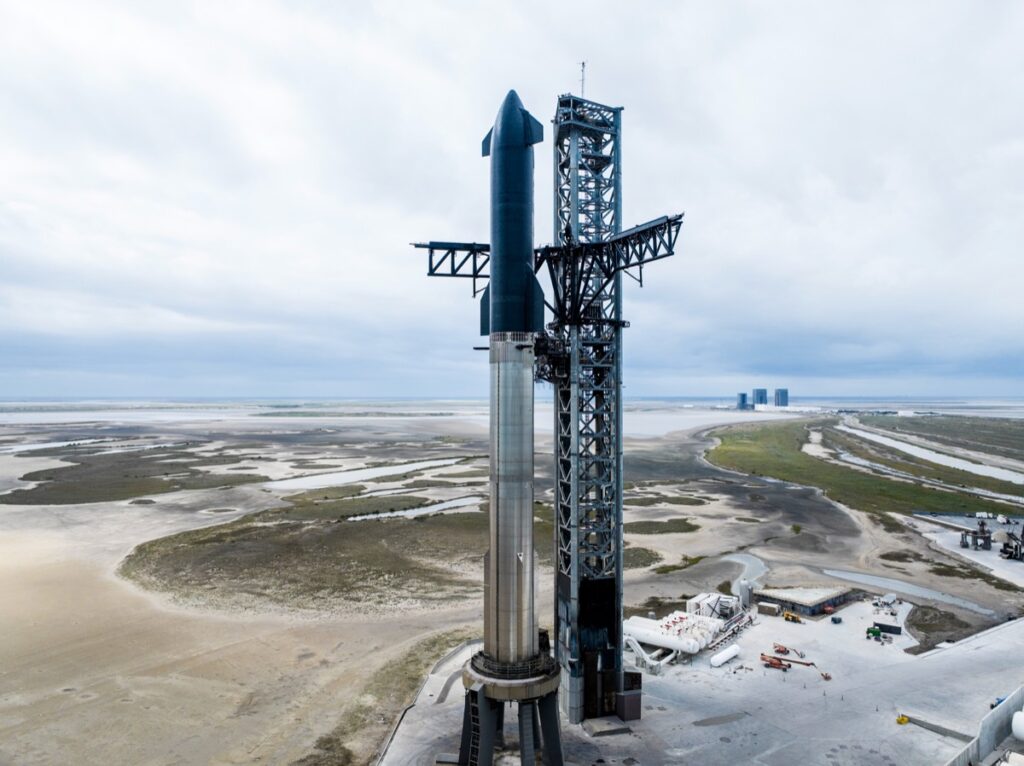
FAA Ends SpaceX Probe, Next Starship Launch Awaits License
The Federal Aviation Administration (FAA) announced on Monday the conclusion of its joint investigation with SpaceX into the company’s second Starship flight, which ended in the intentional destruction of the rocket. The investigation, led by SpaceX under FAA supervision, followed the November 18 prototype launch that experienced a critical issue after reaching space.
SpaceX has identified 17 corrective actions from the incident, as stated by the FAA. “Prior to the next launch, SpaceX must implement all corrective actions and receive a license. […] The FAA is evaluating SpaceX’s license modification request and expects SpaceX to submit additional required information before a final determination can be made,” said the FAA, according to CNBC.
SpaceX disclosed on its website some problems encountered during the second Starship launch. The initial ascent saw the “Super Heavy” booster’s 33 engines operating correctly. However, issues arose post-separation of the Starship’s upper segment, with multiple engines shutting down, leading to one engine’s failure and a rapid sequence of malfunctions that resulted in the booster’s disintegration.
Despite these setbacks, Starship continued its flight for several minutes before a leak and subsequent combustion event impaired the connection between the spacecraft’s flight computers and its six engines, prompting the activation of the flight termination system.
In response to the second flight’s outcomes, SpaceX has initiated modifications to the Starship vehicles and booster prototypes slated for the upcoming third test flight, indicating a significant reduction in required corrective actions from 63 after the first flight to 17.
SpaceX CEO Elon Musk previously expressed optimism about the readiness of the third Starship test flight, potentially as soon as mid-March, despite previous statements suggesting a quicker turnaround post-November launch.
The next Starship launch hinges on the FAA’s approval of SpaceX’s license, with the regulatory body currently evaluating the company’s request.


